
Every year, across high schools nationwide, something electric takes over the hallways — a burst of color, laughter, and competition. It’s called Spirit Week, and while it may look like a parade of silly outfits and themed days, it’s actually one of the most anticipated and unifying traditions in the high school experience.
What is Spirit Week?
Spirit Week is a school-wide event, typically organized by the student council, that features a series of themed dress-up days, competitions, and pep rallies designed to boost school pride and bring students together. Each day is centered around a specific theme — Pajama Day, Twin Day, Wacky Tacky Day, Decade Day, and Class Color Day are popular picks — encouraging students to get creative and express themselves while participating in a shared tradition.

At first glance, Spirit Week may seem like just another reason to dress up and skip serious classwork. But beneath the surface, it plays an important role in shaping school culture. It fosters a sense of belonging, encourages collaboration between students of different grades, and gives students who may not be involved in sports or clubs a way to participate in school life.
“I think it’s so cool to see the younger students dressing up as if they were in the past. I like seeing what kids think we dressed like in the 80s and 90s,” said Ms. Calderon, attendance staff.
Participating in Spirit Week can significantly boost morale. For many students, it offers a break from the pressures of academic life and a chance to bond with peers in a more relaxed, creative environment. The events often include pep rallies, games, talent shows, and lip-sync battles, where students and even teachers get involved.

Sophomore, Kaya Ayala, said this, “My favorite spirit week day was more than likely bring anything but a backpack day because it was fun and different.”

Mrs. Johnson, an office staff member, said, “My favorite spirit days are the ones around Christmas because we get to dress up as elves, Santa, and reindeer.”
In some schools, points are awarded for participation and spirit throughout the week, and the most enthusiastic class earns bragging rights — or a trophy — at the end of the week. That friendly competition adds to the excitement and drives participation across all grade levels.
Not all students feel comfortable dressing up, and some Spirit Weeks can unintentionally leave students out if themes aren’t inclusive or well-planned. Schools that succeed in creating a positive experience are those that listen to student feedback and work to ensure everyone feels welcome, whether they participate in full costume or not.
As schools evolve, so does Spirit Week. Some are incorporating digital challenges on social media, adding cultural theme days, or highlighting causes like mental health awareness or anti-bullying efforts. Spirit Week, when done right, reflects the values and diversity of a school community.
Ultimately, Spirit Week is more than a festive distraction — it’s a celebration of identity, unity, and pride. In a time when connection and community are more important than ever, Spirit Week reminds students that school can be a place of both learning and joy.
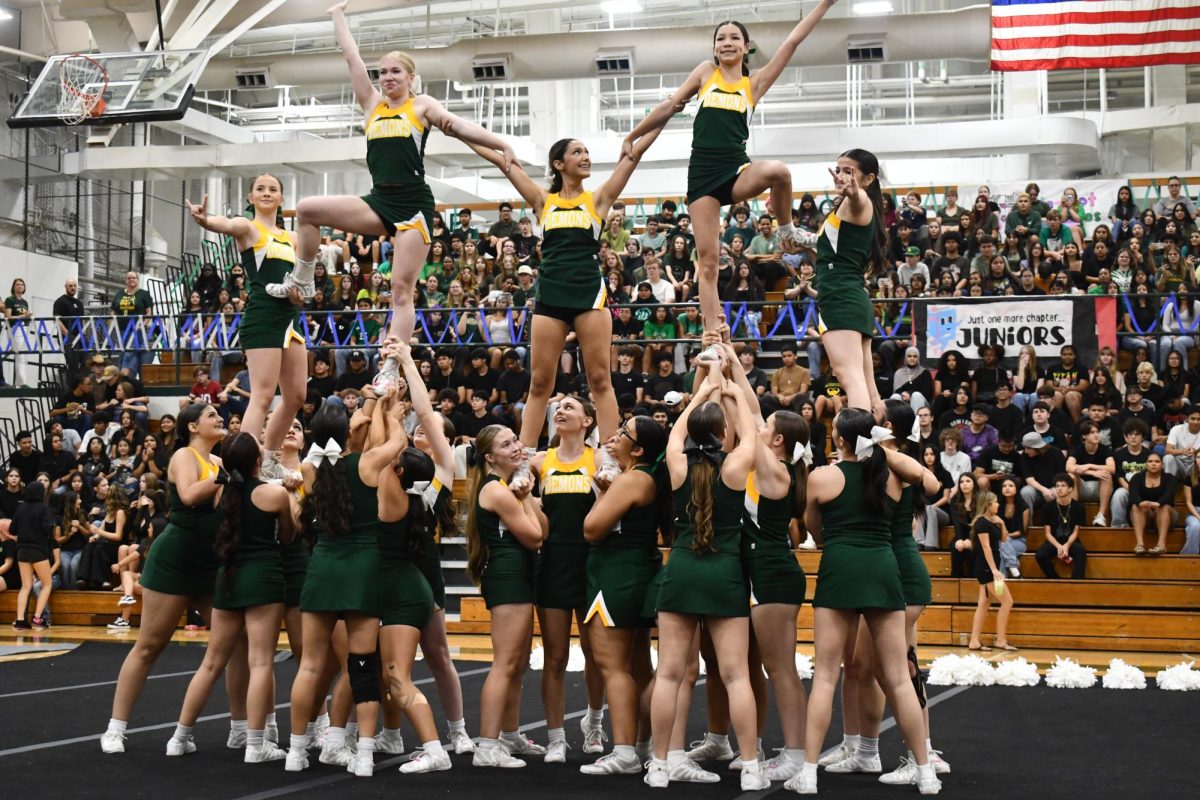

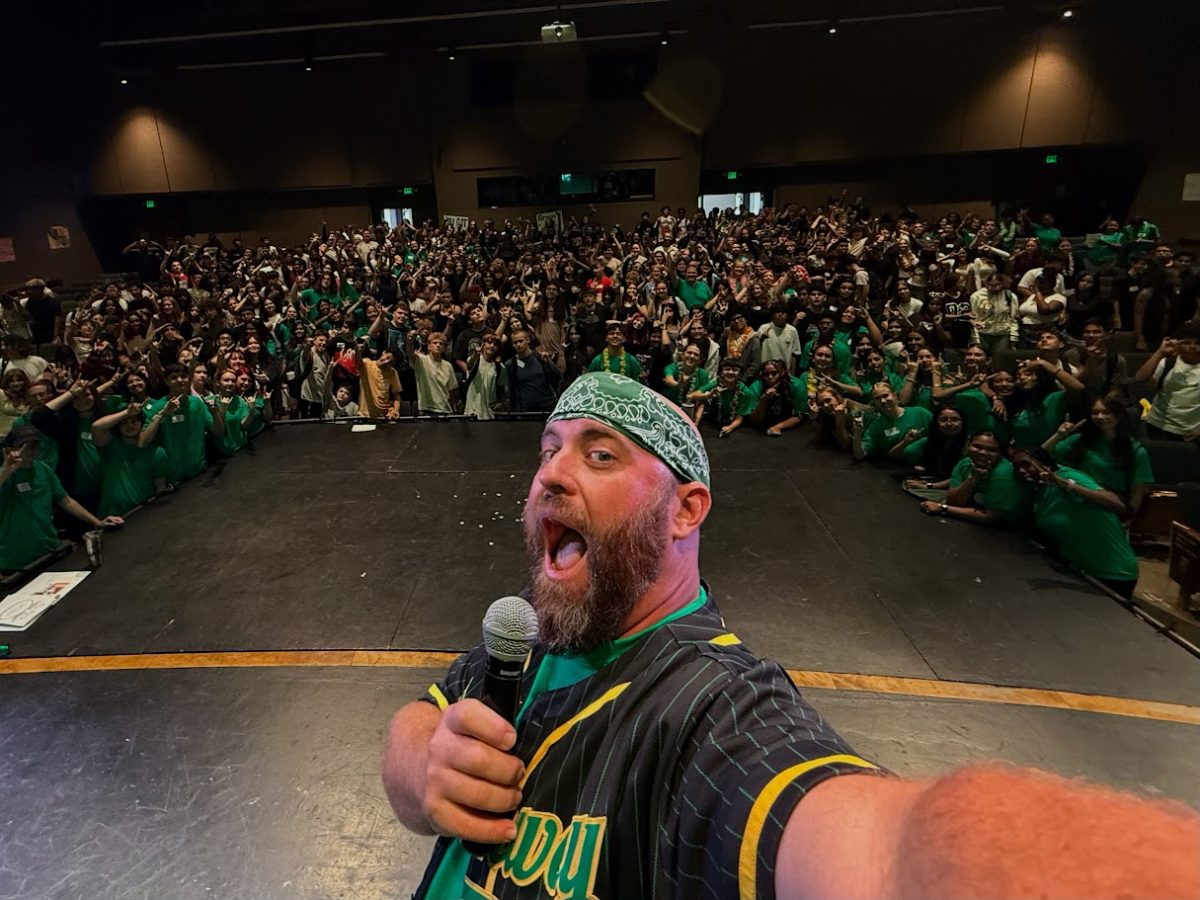

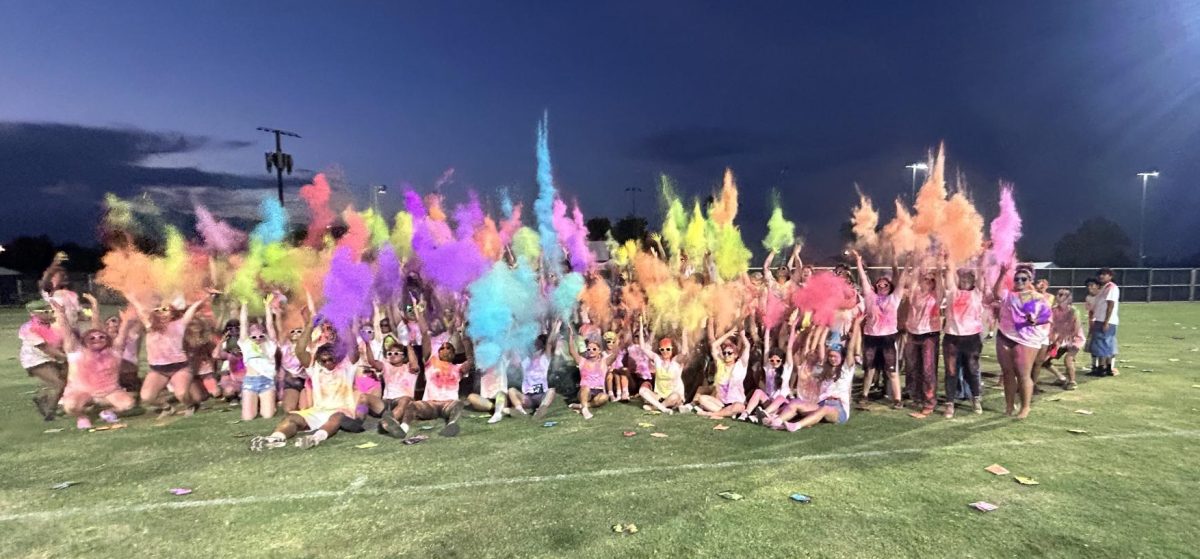




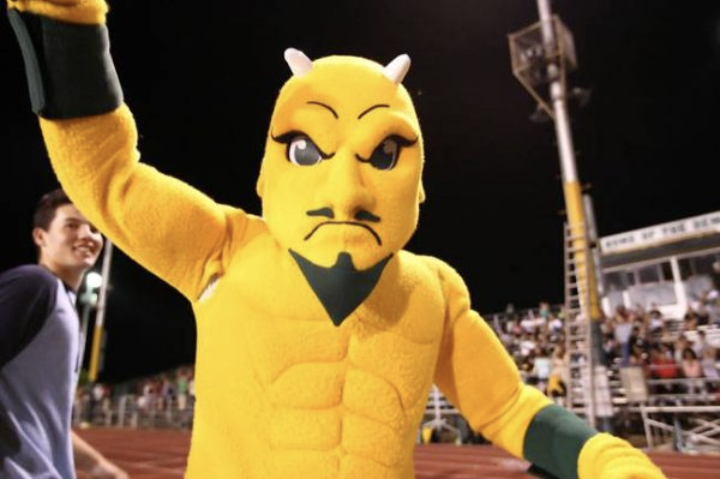
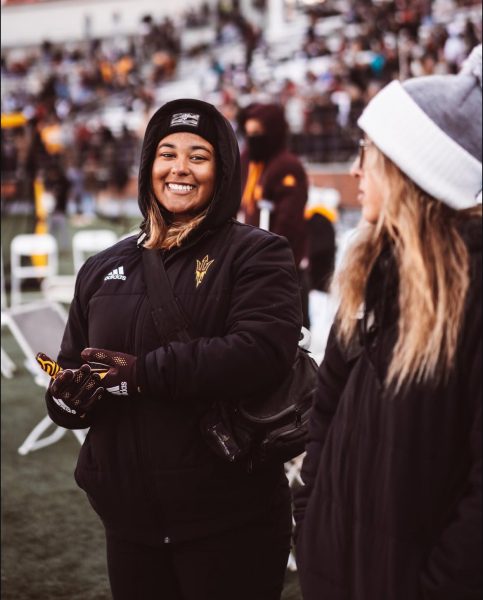



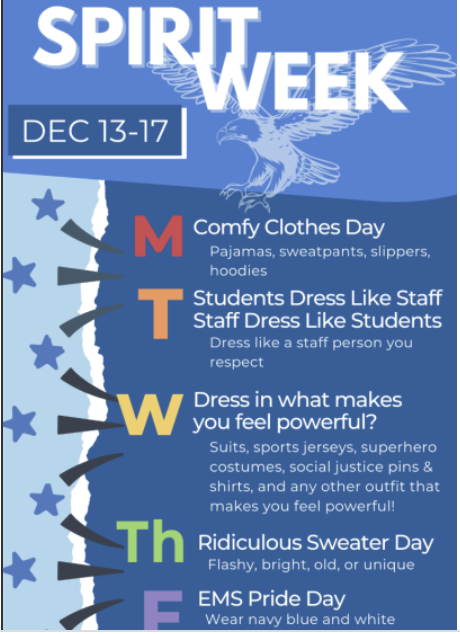



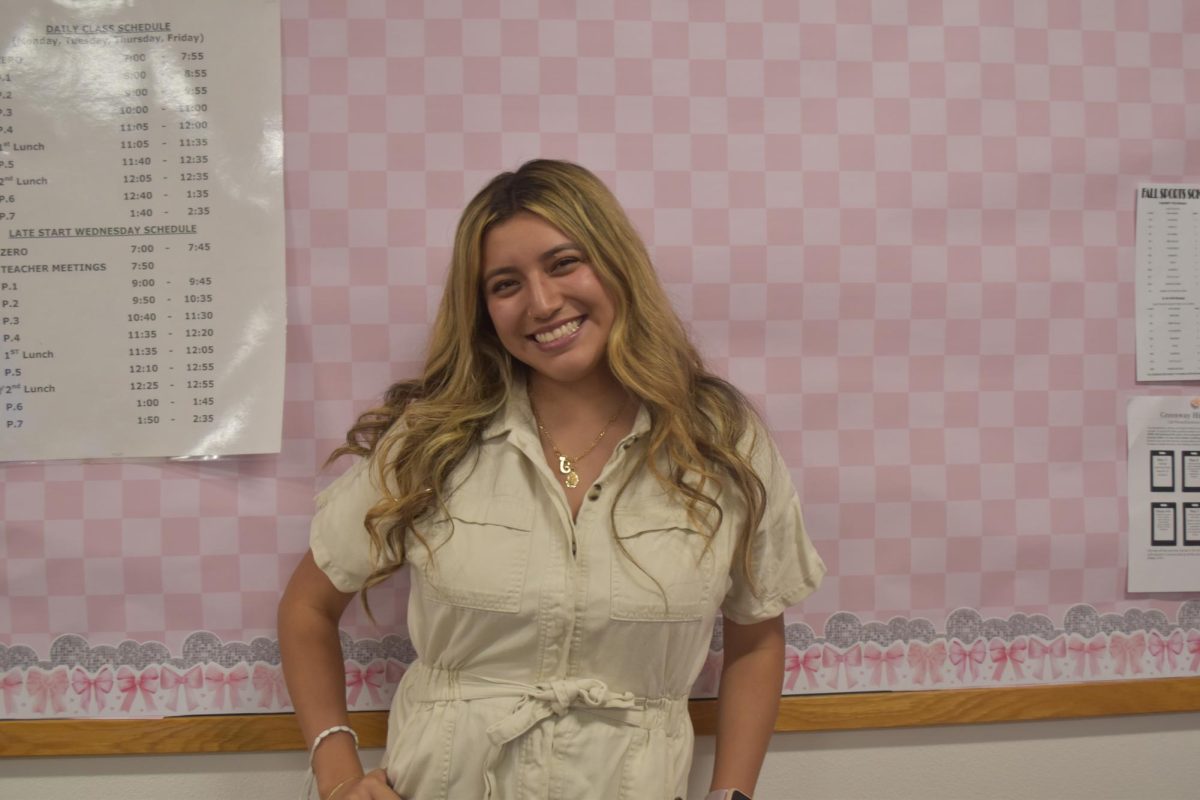



Elias Jackson • May 19, 2025 at 12:48 pm
I like how it talks about the benefits of a spirit week and other peoples favorite spirited weeks
Yazlin Orduno Hernandez • May 19, 2025 at 12:45 pm
i love all the sprite week themes i love dressing up
Maylene Meachum • May 19, 2025 at 12:38 pm
Personally, I LOVE spirit week.
Abnor Ahmeti • May 19, 2025 at 12:34 pm
I like how you empathized on how student council contributes to spirit week.
Princess Lokossou • May 19, 2025 at 12:27 pm
Student council is a fun thing! I’m glad they do a lot for the school to make it fun! Great job.
Yona Kim • May 19, 2025 at 12:27 pm
I love how you explain about spirit week. I think it will be helpful for future freshmen
My My Diep • May 19, 2025 at 12:27 pm
I enjoyed people opinion about the spirit week and which one they like.
Kariannah Cox • May 19, 2025 at 12:26 pm
I like your quotes.
Korbyn Curiel • May 19, 2025 at 12:23 pm
I like that you asked both students and staff.